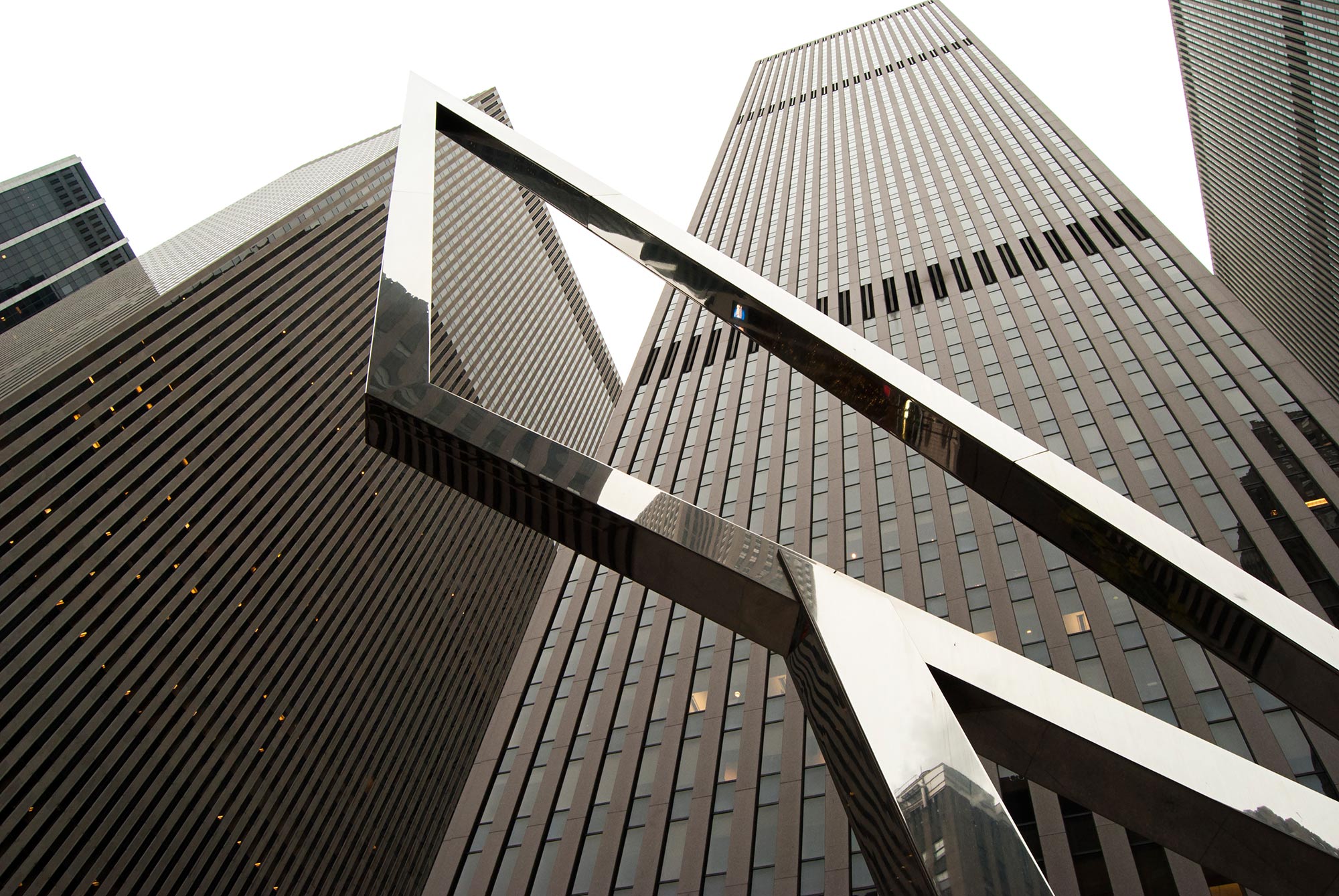Super User
A voluntary carbon market project is similar to a CDM project but it is not regulated by the UNFCCC. There are a variety of different standards that can be applied, dependent on the project type and size. The project developer can select the most relevant standard. Some standards are:
Carbon Fix - www.carbonfix.info
Gold Standard - www.cdmgoldstandard.org
Plan Vivo - www.planvivo.org
Voluntary Carbon Standard - http://www.v-c-s.org
Voluntary carbon market projects generate Voluntary Emissions Reductions (VERs).
Designated National Authority FAQ's
This is the principal document used by project participants to receive CDM and voluntary carbon market project approval. Its format is outlined in Appendix B of the Modalities and Procedures of the CDM. Its contents are evolving, and may change over time as the Executive Board (EB) of
UNFCCC is continuously working on improving the modalities and procedures of the CDM. Most voluntary carbon market standards utilize the CDM PDD format but some of the standards have their own standard-specific format.
Designated National Authority FAQ's
the project can be registered by the Executive Board.
Designated National Authority FAQ's
A Designated Operational Entity (DOE) is a company accredited by the CDM Executive Board that assess whether a project fulfills CDM criteria. A CDM project must be checked by two processes: Validation and Verification. Validation is done once before initial project approval. Verification is done periodically after the project has been approved or registered.
Voluntary carbon market standards allow validations and verifications by CDM accredited DOEs and/or DOEs approved by the voluntary carbon market organization. A list of accredited DOEs can be found here: http://cdm.unfccc.int/DOE/index.html
Designated National Authority FAQ's
The CDM Executive Board (EB) supervises the CDM, under the authority and guidance of the Conference of Parties/Meeting of Parties to the Kyoto Protocol. The EB is the technical committee of the United Nations Framework Convention on Climate Change (UNFCCC). The EB is responsible for registering CDM project activities and for the operationalization of accreditation procedures and standards. Additionally, the EB is in charge of issuing CERs in accordance to the verification reports made by the Designated Operational Entity (DOE) and allocating the CERs into the Kyoto Protocol registry accounts. The Board comprises 10 experts drawn from the parties to the Kyoto Protocol as follows: one representative from each of the five United Nations regions (Africa, Asia, Latin America and the Caribbean, Central Eastern Europe and OECD), two representatives from Annex I and Non- Annex I countries respectively and one representative from the small island developing states. There are also 10 alternatives to the EB. The EB elects its own Chair and Vice Chair, with one being a member from an Annex I country and one from a non-Annex I country.
Designated National Authority FAQ's
All Annex-I countries (except Belarus and Turkey) have legally binding green house gas emission reduction requirements under the Kyoto Protocol. The Clean Development Mechanism is one of the "flexibility mechanisms" of the Protocol to help these countries meet these targets. Instead of countries reducing emissions in their own companies, Annex I countries can buy emission reductions from non-Annex I countries. For example, a CDM project such as a company switching fuels from coal to biomass results in a reduction of 100,000 tonnes of carbon dioxide per year in the atmosphere. If an Annex I country buys these credits, they can count towards the country’s Kyoto reduction targets.
In the voluntary carbon market, carbon credits are purchased by companies or individuals in order to help reduce their impact on climate change. Companies may purchase carbon credits in order to become “carbon neutral” or “green” companies. Individuals may purchase offsets in order to offset their emissions from activities such as flying.
Designated National Authority FAQ's
Annex I countries are developed countries and countries undergoing the process of transition to market economy. All Annex I countries have specific limitation targets for greenhouse gas emissions.
Designated National Authority FAQ's
Weather Forecasting Services
Weather Forecasts
Aviation Weather Forecast
Satellite Products
Weather Maps
Climate & Oceanic Services
Climate Products
Ocean Services
Climate Change
Climate Services Projects
Tropical Cyclone Information
Weather Outlook
- Satellite Animation
- Precipitation Forecast
- Wind Forecast
- Local Forecast
Support and Docs
- Contact us
- Reports
- Events and News










